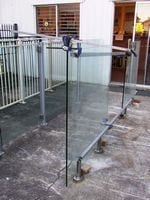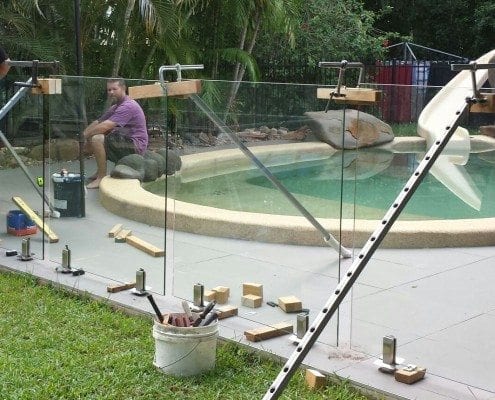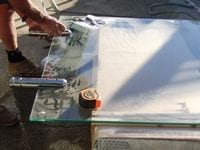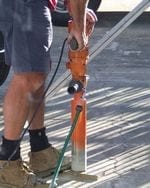Why Do Balustrade Glass Panels Need To Be Heat Soaked?
There are several reasons for which breakage in toughened glass can occur, the most common being impact, inappropriate installation of fittings and structural movement. However, breakage can also occur due to impurities in the glass, in particular, the inclusion of Nickel Sulphide (NS).
In order to reduce the breakage which occurs due to NS inclusions, the Building Code of Australia 2010 (BCA) has included an amendment to make sure of heat soaked glass mandatory. Section B1.4(h)(iii) of the BCA Volumie 1 requires that from May 1 2011 glass in all sloped overhead glazed assemblies more than 3 metres above floor or ground level and all vertical glazed assemblies more than 5 metres above floor or ground level must be either:
* Heat Soaked in accordance with the European Standard EN 14179-1 (AS 1288 will be amended); or
* Be protected by a balcony, awning or similar
The test requires that toughened glass is heated to a temperature of around 280 degrees celcius for several hours, the premise being that glass with NS inclusions will break during the process, rather than breakage occur post installation. This is carried out in a Heat Soaked Plant (HSP), which is a machine seperate from the Toughening Furnace.

 Use timber blocks on the ground to sit your glass panel on and use straight edge supports and quick release clamps to hold your panel in vertically and inline with your other panels. Once your glass panels are braced accurately, your are ready to mix & pour your grout.
Use timber blocks on the ground to sit your glass panel on and use straight edge supports and quick release clamps to hold your panel in vertically and inline with your other panels. Once your glass panels are braced accurately, your are ready to mix & pour your grout.

